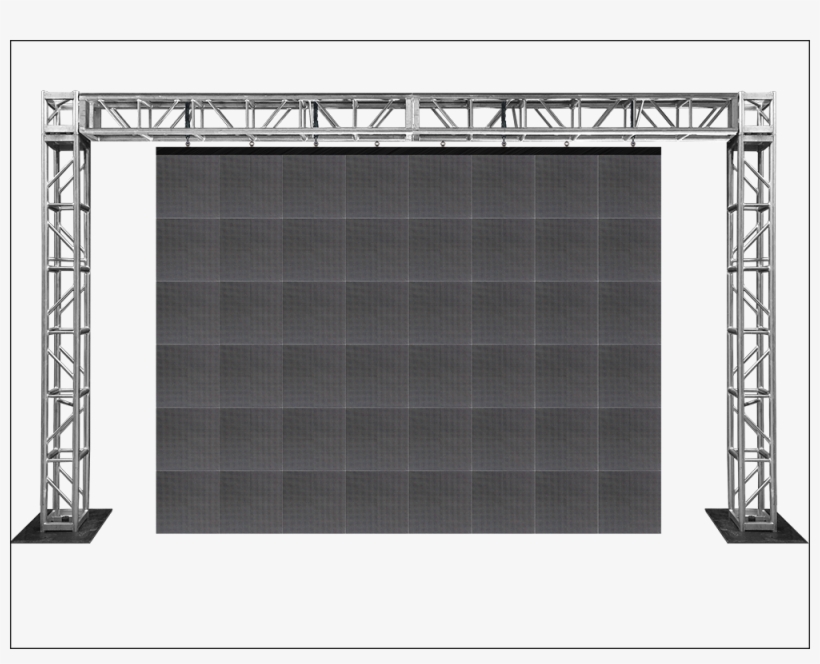When talking about image clarity, it is crucial to consider pixel pitch, which is the gap between the midpoint of one picture element to the midpoint of the following picture element. A reduced pixel spacing yields a greater resolution, allowing for more detail in the visuals displayed. For instance, an LED screen with a picture spacing of 1.5mm will provide a clearer image than one with a pixel spacing of 3mm. This is especially crucial in environments where viewers are close to the display, such as in a compact location or a exhibition show booth. In these situations, a higher resolution can greatly improve the observing quality.
Another factor of resolution is its impact on color accuracy and brightness. LED walls with greater image clarity often have better color reproduction, meaning that the colors displayed are more vibrant and realistic. This is crucial for uses like advertising, where the objective is to capture interest and communicate a message effectively. Additionally, greater image clarity displays can maintain brightness levels even when viewed from different perspectives. This is crucial in big locations where viewers may be positioned at different ranges and angles from the screen.

The functionality of LED screens is also influenced by resolution in terms of refresh rates and response durations. A greater image clarity display can handle faster refresh rates, which is essential for dynamic content such as videos and animations. This means that the images on the screen will appear smoother and increasingly seamless, enhancing the overall viewing experience. In contrast, lower resolution displays may struggle with dynamic content, resulting in fuzziness or lag. Therefore, for events that depend on high-energy visuals, Get the facts selecting a screen with a appropriate image clarity is vital.
In summary, image clarity plays a crucial role in defining the functionality and image quality of LED walls. Factors such as picture pitch, hue precision, brightness, refresh rates, and response times all contribute to how effectively a display can convey information and engage viewers. As advancements continues to progress, grasping these elements will help operators select the appropriate LED screen for their particular needs, ensuring that they achieve the best potential outcomes in their displays and occasions.